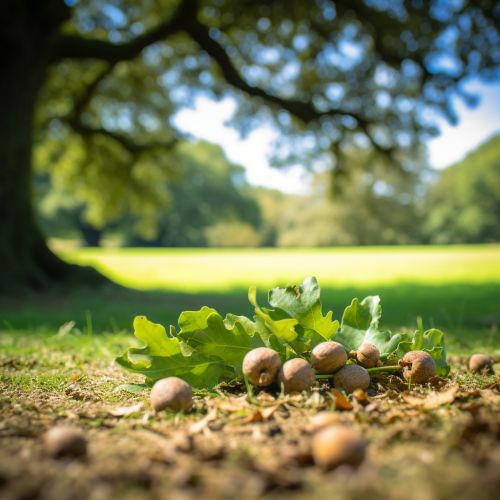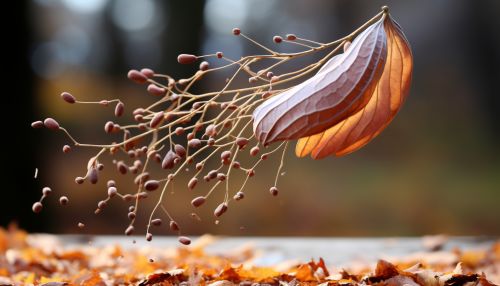The Biological Mechanisms of Plant Seed Dispersal
Introduction
Plant seed dispersal is a vital process in the life cycle of a plant, ensuring the spread and propagation of plant species. It involves the movement or transport of seeds away from the parent plant to a new location or habitat where the seeds can germinate and grow into new plants. The biological mechanisms of plant seed dispersal are diverse and complex, involving various physical, ecological, and evolutionary factors. This article provides an in-depth exploration of these mechanisms, focusing on the specialized structures and strategies plants have evolved for seed dispersal.


Mechanisms of Seed Dispersal
There are several primary mechanisms of seed dispersal: gravity, wind, water, animals, and ballistic dispersal. Each of these mechanisms involves unique biological adaptations and strategies.
Gravity
Gravity is the simplest mechanism of seed dispersal. In this method, also known as barochory, the seeds simply fall from the parent plant and germinate where they land. This method is common in many tree species, such as oaks and maples.


Wind
Wind dispersal, or anemochory, involves seeds that are designed to be carried by the wind. These seeds often have wings or other aerodynamic structures that allow them to be carried long distances. Examples include dandelions and maple trees.


Water
Water dispersal, or hydrochory, involves seeds that are designed to float on water. These seeds are often buoyant and resistant to water damage, allowing them to be carried long distances by rivers or ocean currents. Examples include coconuts and water lilies.


Animals
Animal dispersal, or zoochory, involves seeds that are designed to be carried by animals. This can occur in several ways. Some seeds have hooks or sticky surfaces that allow them to attach to the fur or feathers of animals. Other seeds are ingested by animals and later excreted in a different location. Examples include burdock and many fruit-bearing plants.


Ballistic Dispersal
Ballistic dispersal, or autochory, involves seeds that are ejected from the parent plant by mechanical means. This can occur through explosive dehiscence, where the seed pod bursts open to release the seeds, or through other mechanical means. Examples include witch hazel and squirting cucumber.


Evolution of Seed Dispersal Mechanisms
The evolution of seed dispersal mechanisms is a fascinating area of study in plant evolution. Different plant species have evolved different seed dispersal mechanisms to adapt to their specific environments and ecological niches. These adaptations have been shaped by various selective pressures, including competition for resources, predation, and environmental conditions.
Ecological Implications of Seed Dispersal
Seed dispersal has significant ecological implications. It influences the distribution and diversity of plant species in various habitats. It also plays a crucial role in plant succession and the recovery of ecosystems after disturbances such as fires or floods.
Conclusion
Understanding the biological mechanisms of plant seed dispersal is essential for understanding the life cycle of plants, the evolution of plant species, and the dynamics of ecosystems. It is a complex and fascinating field of study that continues to yield new insights and discoveries.
